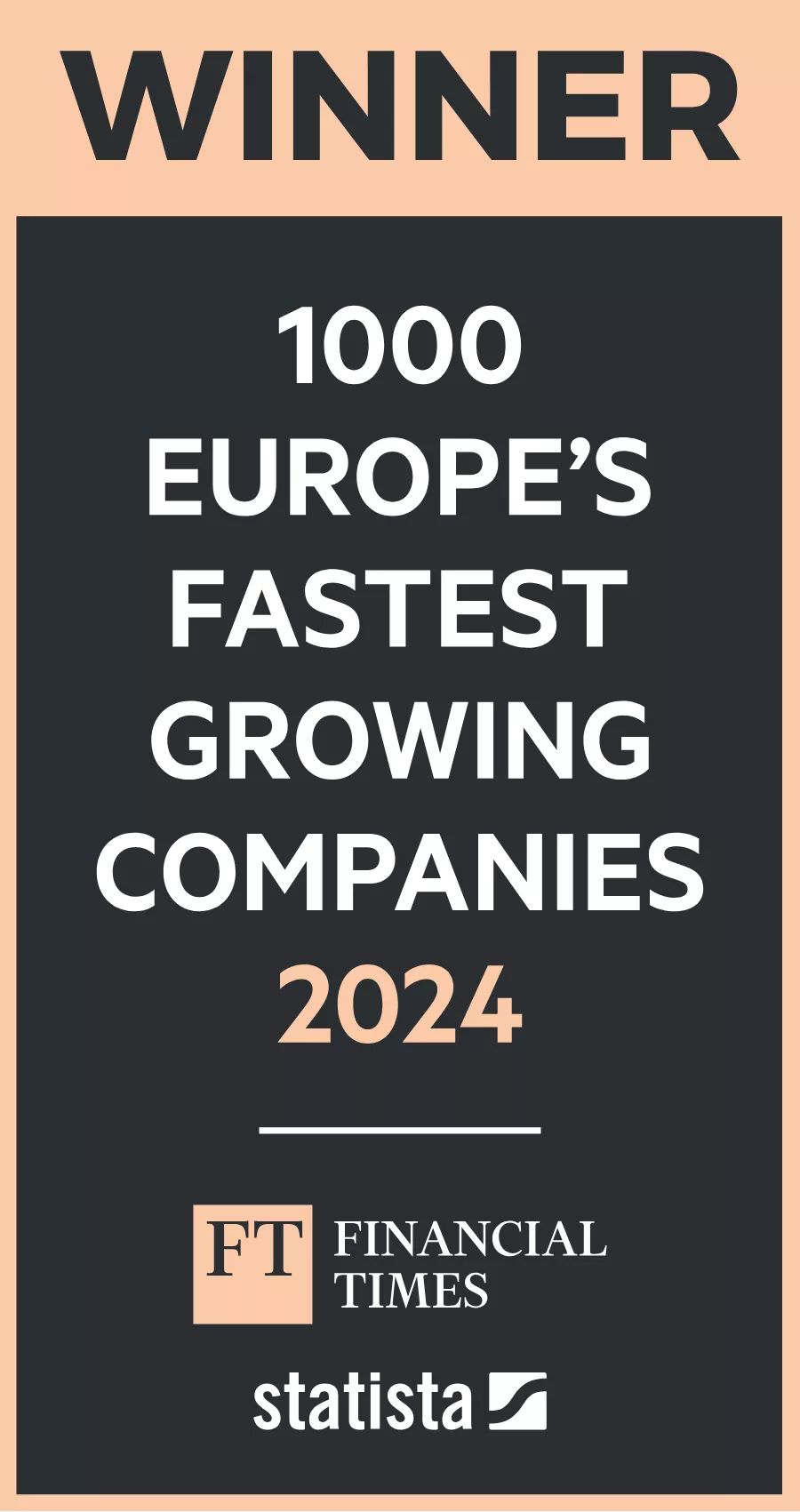Bifacial Solar Panels: Advantages, Disadvantages, Perspectives.
Solar energy has undergone incredible technological developments in recent years. One of the latest breakthroughs in the market are bifacial solar panels. What are they and what are their advantages and disadvantages? Let's take a closer look.
What are bifacial solar panels?
Bifacial solar panels are designed to capture sunlight from both sides of the panel. Unlike traditional monofacial panels, which produce energy only from the front side, bifacial panels also use light that strikes the back side by reflecting off the ground or other surfaces.
Advantages of bifacial solar panels:
Higher energy output: Due to their ability to capture solar energy from both sides, bifacial panels can produce up to 30 % more energy than traditional panels.
Long life: Bifacial panels are typically more robust and more resistant to adverse weather conditions.
Aesthetics: These panels can be more aesthetically appealing because they don´t have visible frames.
Installation flexibility: They can be installed vertically, horizontally, or even as a fence, which expands the possibilities of their usage.
Disadvantages of bifacial solar panels:
Higher initial cost: Bifacial panels can be more expensive than traditional solar panels.
Optimal conditions: To operate most efficiently, bifacial panels require specific conditions, such as suitable reflective surfaces beneath them.
Installation challenges: They may require special mounting systems and greater distance from the ground.
Maintenance: Both sides of the panel may need to be cleaned regularly, which can increase maintenance costs.
Perspective:
Bifacial solar technology is still at a relatively early stage of development. As the technology evolves, we can expect the production costs of these panels to decrease, making them an even more attractive investment for those looking for sustainable energy solutions. Additionally, with ongoing research and innovations, their efficiency and performance are likely to increase.
Conclusion:
Although bifacial solar panels have their drawbacks, their advantages, especially higher energy performance, make them a promising solution for the future. As technology advances, we can expect that bifacial panels will play an increasingly significant role in the renewable energy sector.
Areál bývalé tabákové továrny na jihu Hodonína se chlubí historií dlouhou více než 150 let i v současnosti ale poskytuje zázemí 45 firmám. Bývalý brownfield se strategickou polohou mezi Brnem a Vídní nájemcům nově nabízí i ještě zelenější přístup, za kterým stojí spojení solární elektrárny celkem o výkonu 1200 kWp, kogenerace a nově i unikátní bateriové úložiště. Právě tato kombinace technologií má už brzy zajistit maximálně zelený provoz areálu včetně výrob, které v něm sídlí.
Das tschechische Unternehmen Raylyst des Unternehmers Jan Kameníček wurde im Rahmen der achten jährlichen Rangliste der Financial Times und des Servers Statista zum am schnellsten wachsenden Unternehmen Europas ernannt. Das erst 2018 gegründete Unternehmen konzentriert sich auf den Vertrieb und die Beratung im Bereich der Solartechnik und zählt einige der größten Installationsunternehmen in Europa zu seinen Kunden. So hat es fünf Jahre nach seiner Gründung bereits einen Umsatz von 2,7 Milliarden CZK erreicht.





